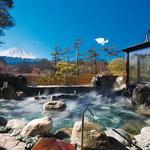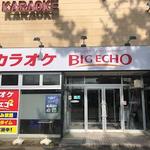
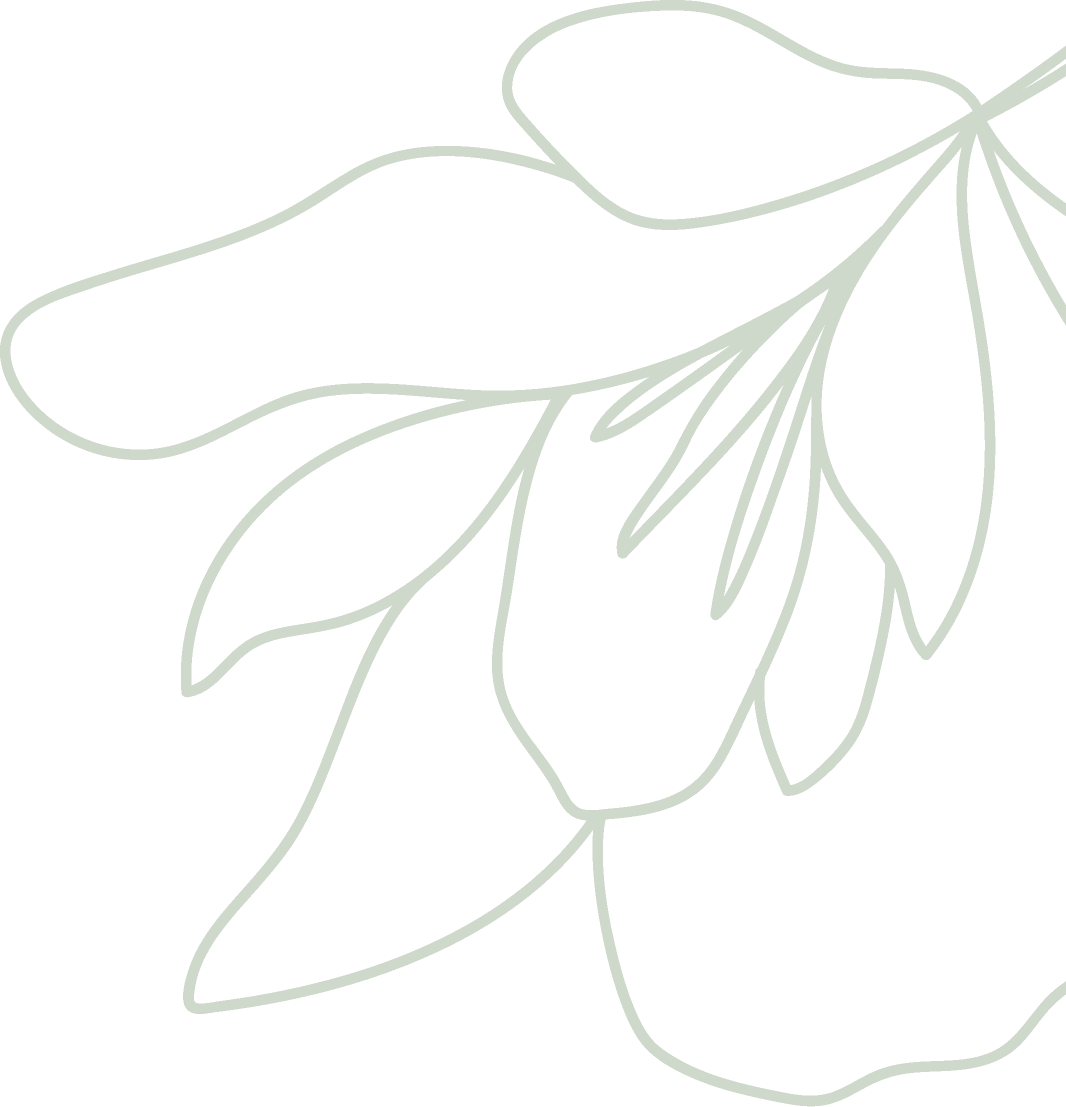
Things To Do
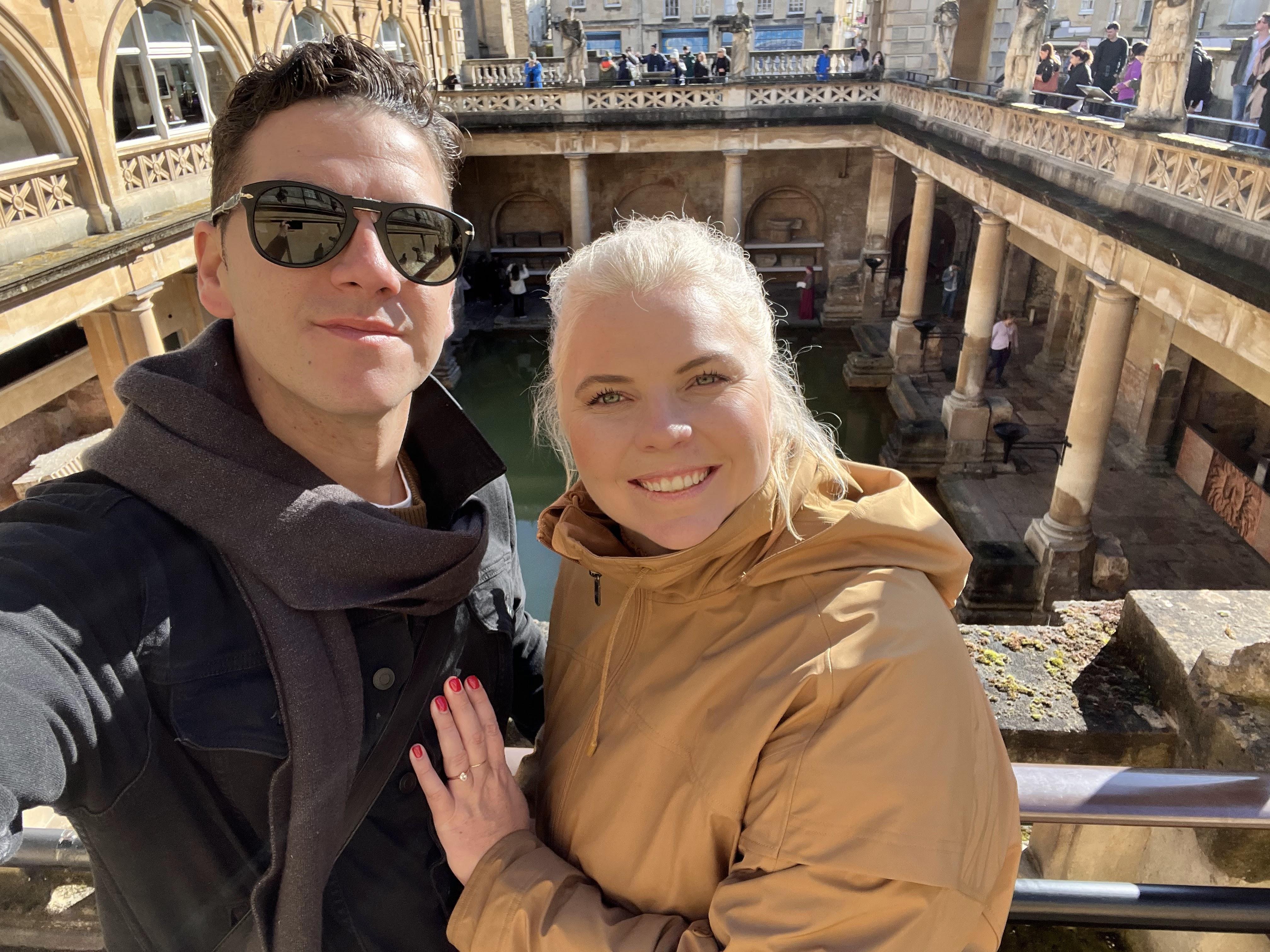

(FUJI)View Mount Fuji
one of the five lakes in the surroundings of the Mount Fuji area, the mountain is beautifully portrayed on a clear day. It is also one of the easiest accessible places from Tokyo, with direct bus and train connections. The area is great for a day trip, but with all the many interesting and fun things to do in the Kawaguchiko area, a weekend trip here is definitely a perfect idea to do!
(FUJI)How To Travel To Kawaguchiko, Mt. Fuji Area
If you’re looking to travel to Kawaguchiko from Tokyo, the most convenient option is taking a bus. It typically takes around 2 hours and costs between 2,000 to 2,500 yen. Buses depart from several locations in central Tokyo, such as Shinjuku Station and Tokyo Station. Alternatively, you can opt for a JR train from Shinjuku Station which will take 2-3 hours. For more information on traveling to and around Kawaguchiko, we have an article that covers everything you need to know.
(FUJI) Enjoy Stunning Views at Kawaguchiko 5th Station
From Kawaguchiko station, you can take a bus to the Fuji Subaru Line Gogōme, also known as Yoshidaguchi 5th Station or Kawaguchiko 5th Station. This station is a popular starting point for people climbing Mount Fuji, in fact, it is the most used of all four stations. With easy access from Tokyo, many people also just go there to watch Mt. Fuji, without climbing it. From the station, you also have great views of the Five Mount Fuji Lakes. The station is accessible almost all year round, snow conditions permitting, making it a popular sightseeing spot even outside of the climbing season. To climb Mount Fuji, this station is a good starting point. At the station you will find some restaurants and shops, to gear up properly before you start the journey to the summit. We always advise you to climb Mount Fuji during the season and with a guide, read more about these options here. Mt. Fuji 5th station: https://www.yamanashi-kankou.jp/english/site_closure_info.html
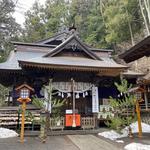
(FUJI)Arakurayama Sengen Shrine
When you head east from Kawaguchiko station for about 4 km, you will find Arakura Sengen Shrine. What makes this shrine extra special is the panoramic view from the top, from there you can see Mt. Fuji along with 5 storied Chureito Pagoda. From the Arakurayama Sengen Shrine, 398 steps lead you to the top, where you will find the Chureito Pagoda. This great view is quite famous and has been featured in many guidebooks. Especially during the spring season, when the sakura blossoms are flowering, this place feels almost magical.
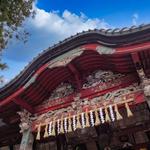
(FUJI)Kitaguchi Hongu Sengen Shrine
At the starting point of the Yoshida trail, you will find the Kitaguchi Hongu Sengen Shrine, also known today as the Fujiyoshida Sengen Shrine. The Yoshida trail leads all to way to the top of Mount Fuji, though, few climbers begin their hike from here now. Many climbers do still visit the shrine before their ascent to pray for a safe climb. Each year, the shrine is the center stage for one of the three “most unique festivals in Japan”. The Yoshida Fire Festival is celebrated to mark the end of the Mount Fuji climbing season and to praise the gods. During the festival about 70 large torches are lit throughout the city, turning the main street into what looks like a river of fire.

(FUJILake Kawaguchi Mt. Tenjō Ropeway
This cable car is located on the lakeside of Kawaguchiko. There are two cable cars and you can see the lake and Mt. Fuji from the top. Especially in the autumn season, you can see the beautiful autumn colors of the tree leaves in this area while riding on the cable car. The three minutes to the top will literally fly by!
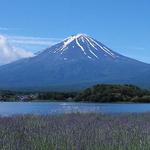
(FUJI)Oishi Park
Free Admission. From this beautiful park located on the north side of Kawaguchiko Lake, you can see the beautiful Mt. Fuji and its reflection in the lake. In spring and summertime, when many flowers are blossoming at Oishi Park, the views are amazing. Especially from late June to early July, when the lavender flowers are in bloom and make the place look like it has a purple carpet, many people visit this picturesque spot. At Oishi Park there are several restaurants and shops, making it a great spot for a break after a hike.
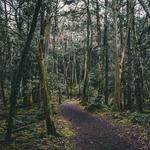
(FUJIAokigahara-Jukai Forest and Lava Caves
Aokigahara forest is a beautiful forest on the northern foot of Mt.Fuji. The Japanese name of the forest is Aokigahara-jukai, jukai means a sea of trees. The forest was formed on the lava plateau after the eruption of Mount Fuji in 864. It can be difficult to navigate your way as the forest is very dense. Because of the high density of trees you will hardly feel any raindrops, the forest will protect you from rain, wind, and snow! Sadly for this reason and the remoteness of this forest, this place is also known as the suicide forest. However, it is a very beautiful place to go hiking, just make sure you don’t get off the trails, and is recommended to go with a guide.
(FUJI)Ide Shuzo Sake Brewery
Very close to Kawaguchiko station, there is a sake brewery called Ide shuzo. This small family-run brewery has been making sake for 21 generations, using water from Mount Fuji. At the brewery, you can learn more about the process of making sake, or just sample the finished product! A tour is offered in English twice every day at 9:30am or 3pm and a reservation is required. The reservation can be made online for ¥800 per person (including sake tasting). Ide shuzo Sake tour ¥800 (including sake tasting) Sake tasting ¥500
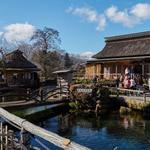
(FUJI)Oshino Hakkai Springs
Hakkai means eight seas, referring to eight clear spring water ponds at the foot of Mount Fuji that Oshino Hakkai is famous for. It is located between Kwaguchiko and Yamanakako, on the bottom of the former 6th lake of the area. The water from the ponds is of very good quality, containing some of the nation’s best spring water! You can even drink water from one of the pools. Most of the pools are filled by melted snow that has run down from Mount Fuji and some are inhabited by koi fishes. Around the pond, there are many traditional Japanese houses and a museum that is also worth visiting! Oshino Hakkai is also a popular destination for cherry blossom viewing, and usually, the best viewing time takes from early to mid-April. Oshino Hakkai Admission free
(FUJI)Thrilling AR Night Walk Adventure
Looking for a unique experience that’s fun for the whole family? This augmented reality adventure takes you through an illuminated forest on a quest to catch ghosts. The experience is a great way to enjoy the area in the evening, and is perfect for families with kids. Have a look below for more info!

